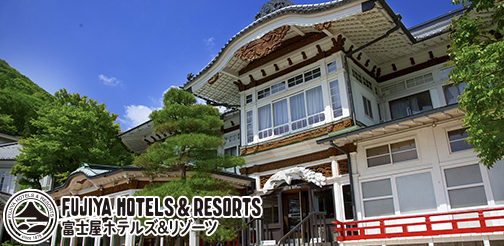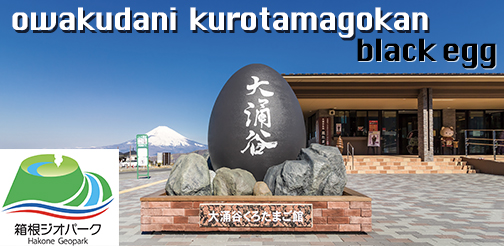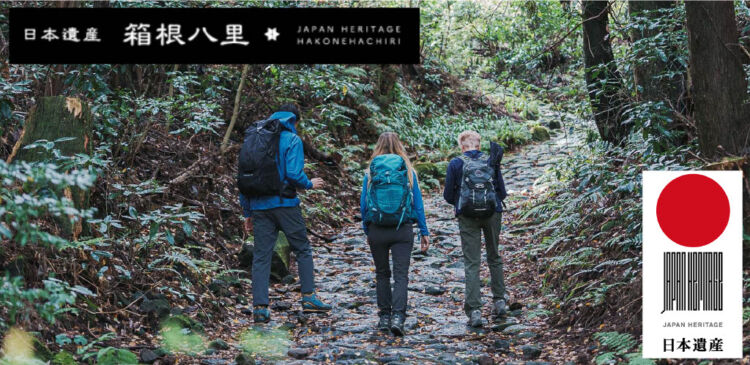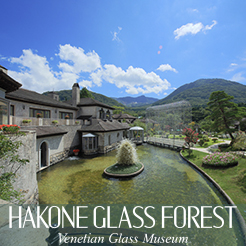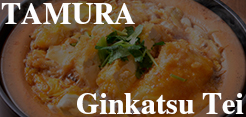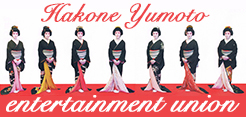The tea ceremony is a traditional Japanese ceremony in which the host prepares and serves tea to his or her guests, and the guests receive the host’s hospitality and tea, also known as chanoyu.
In the tea ceremony, there are various rules for how to prepare and serve tea, how to sit, how to bow, how to stand, and how to walk, which are called manners. These rules were established for the purpose of entertaining guests and serving them delicious tea, as well as for the guests to receive hospitality and enjoy the tea.
The tea ceremony is not only about serving tea to and receiving tea from guests; it is also a comprehensive art form that combines the spirituality and thought that values the spiritual exchange between the master and his/her guests, and the aesthetics of the tea room, garden, tea house decoration, selection and appreciation of tea utensils, the food served, and the etiquette of tea ceremony.
The spirit of the tea ceremony, which is about entertaining guests, is also connected to the modern Japanese spirit of hospitality.
It is important in the tea ceremony to enjoy tea while experiencing the spirit of hospitality.
Join a Tea Ceremony in Hakone: https://www.hakone-tozan.co.jp/gorapark/en/map/tea/
The “Four Rules and Seven Regulations,” a phrase by Sen no Rikyu, are the most important rules of the tea ceremony.
The “Four Rules” refer to the spirit of harmony, respect, purity, and solitude.
(1) Have a harmonious mind.
(2) Mutual respect
(3) Be pure
(4) Have an unperturbed mind.
The “Seven Rules” are seven important attitudes when entertaining guests.
(1) Prepare tea with all your heart and soul.
(2) Discern the essence of the tea
(3) Value the sense of the seasons
(4) Respect life
(5) Have a relaxed mind
(6) Have a soft heart
(7) Respect one another
After learning the “Seven Rules of the Four Disciplines,” here are some important points of the tea ceremony.
Important Points of the Tea Ceremony
(1) Never forget to show concern for the other person
The first important point of the tea ceremony is to remember to be considerate of others. When we are able to be considerate of each other, the people around us will treat us with warmth.
2) Cherish things in the tea ceremony
The second important point to cherish in the tea ceremony is to value things. Discern the essence of everything and place only what you truly need around you.
3) Cherish encounters and time in the tea ceremony
The third important point in the tea ceremony is to value encounters and time. Be thankful for the time you have to spend with someone and cherish each encounter.
Created in the 1910s by Donno (Masuda Takashi, the Baron who established the Mitsui Concern), said to be the greatest tea master since Sen-no-Rikyu, this is a rare tea house with a country house atmosphere, which is what Donno intended. In 1922 the tea garden was left to Sankei (Hara Tomitaro, a Yokohama tycoon and serious art collector), who added the TAIJI-SAI. In 1940 the tea garden was given to Jian(Matsunaga Yasuzaemon, a major figure in the electricity sector and the founder of the Matsunaga collection). This is how, over the years, the tea room was passed down through three major tea masters in the first half of the 20 century.
Tea is said to have come from China, and during the Kamakura period (1185-1333), Eisai brought back tea along with Zen Buddhism (Rinzai sect), and tea spread throughout Japan along with Zen Buddhism. In the Muromachi period (1392-1491), “karamono” tea utensils from China became popular and tea ceremonies using them became popular, but Murata Shuko (1423-1502) established the “wabicha” style, which used Japanese-made tea utensils and emphasized spiritual exchange between the master and his guests. Tea rooms and tea utensils gradually shifted from gaudy and showy to more simple and respectful of spirituality. Later, the spirit of the tea ceremony was inherited by Takeno Shaowo (1502-1555), whose disciple Sen no Rikyu (1522-1591) perfected “Wabicha” during the Azuchi-Momoyama period (1573-1603). This is said to be the foundation of today’s “Way of Tea” and “Chanoyu”.
Many schools, including the so-called “San-senke” (Omotesenke, Urasenke, and Mushanokoji Senke), descended from Sen no Rikyu, have emerged, and are still widely popular today.


